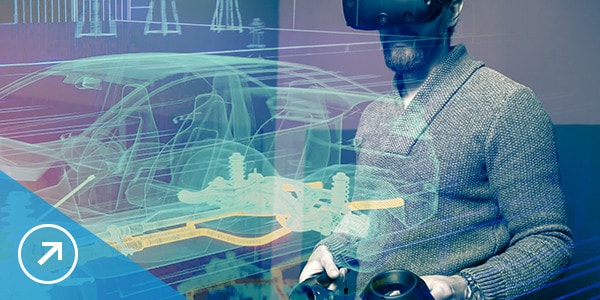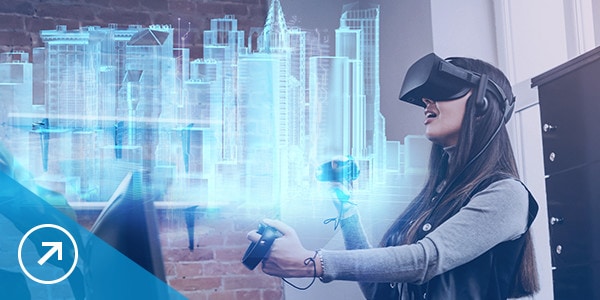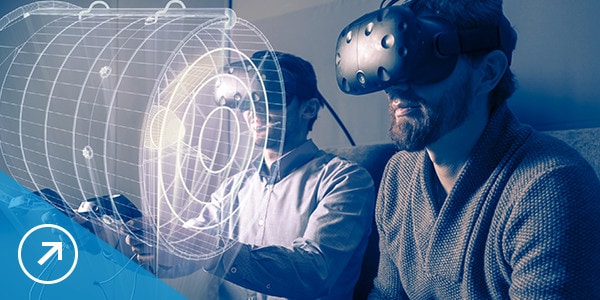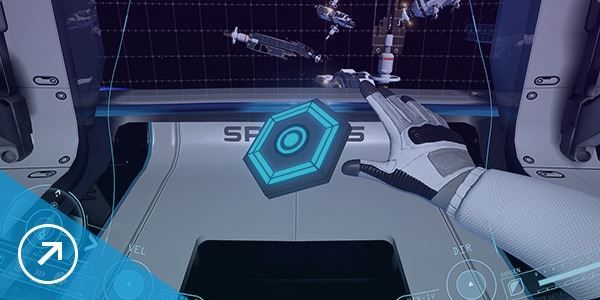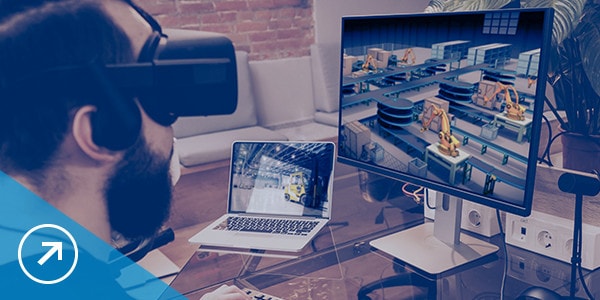Keyboard ALT + g to toggle grid overlay
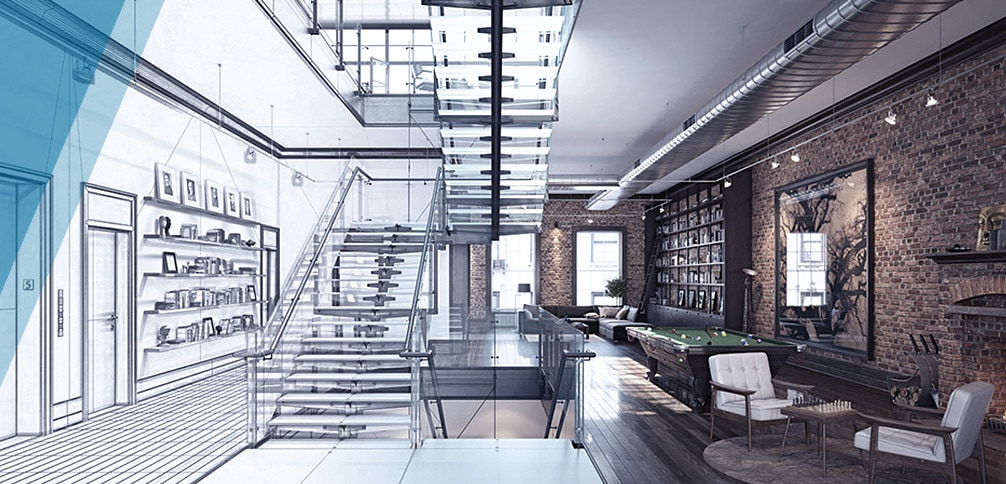
Reshaping the world of design
AR, VR, and MR represent both a disruption and an opportunity for people who make things. Using these technologies, you can transform 2D designs into interactive, immersive digital models, giving context to your digital information.
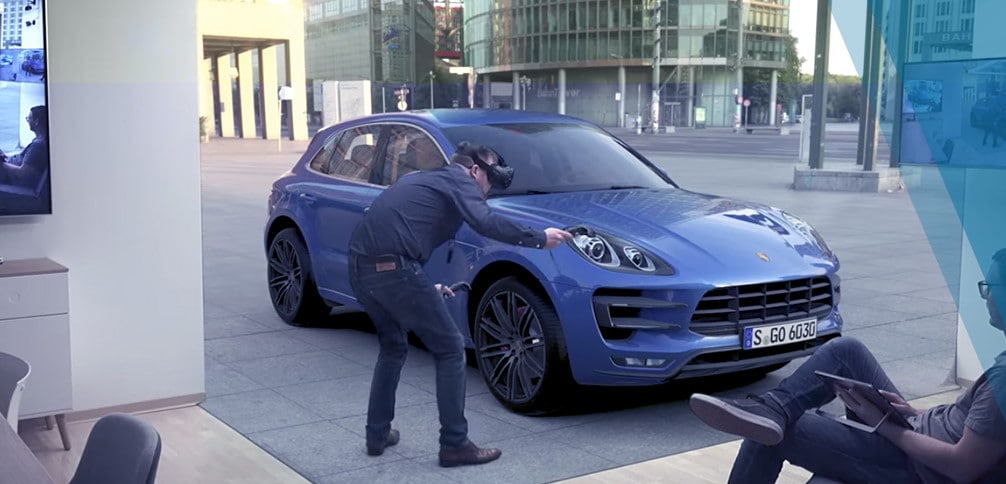
A new platform for content creation
With immersive design, engineers, designers, and builders can quickly and easily turn their CAD data into interactive, real-time experiences. AR, VR, and MR let you navigate data-rich design environments, so you can make better-informed decisions and create compelling experiences.
How does AR, VR, and MR work?
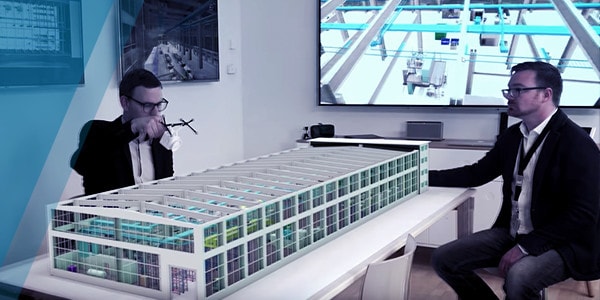
Augmented reality
AR adds digital elements to the real world and projects them onto your line of sight. Using AR, workers can view an overlay of 3D models and project information at a job site.
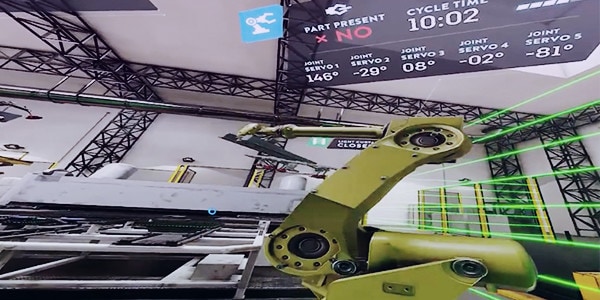
Virtual reality
VR replaces the real world with a simulated one in 3D. With VR, you can experience a simulation of a factory you’ve designed—with machines running—all before it’s built.
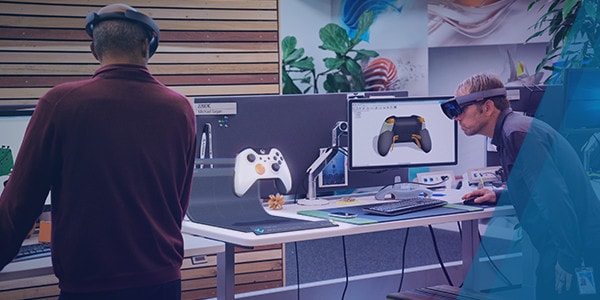
Mixed reality
MR is a hybrid of virtual reality and augmented reality. Using MR, you can touch a real table and use it as an interface to manipulate a digital model.
Applications for immersive design
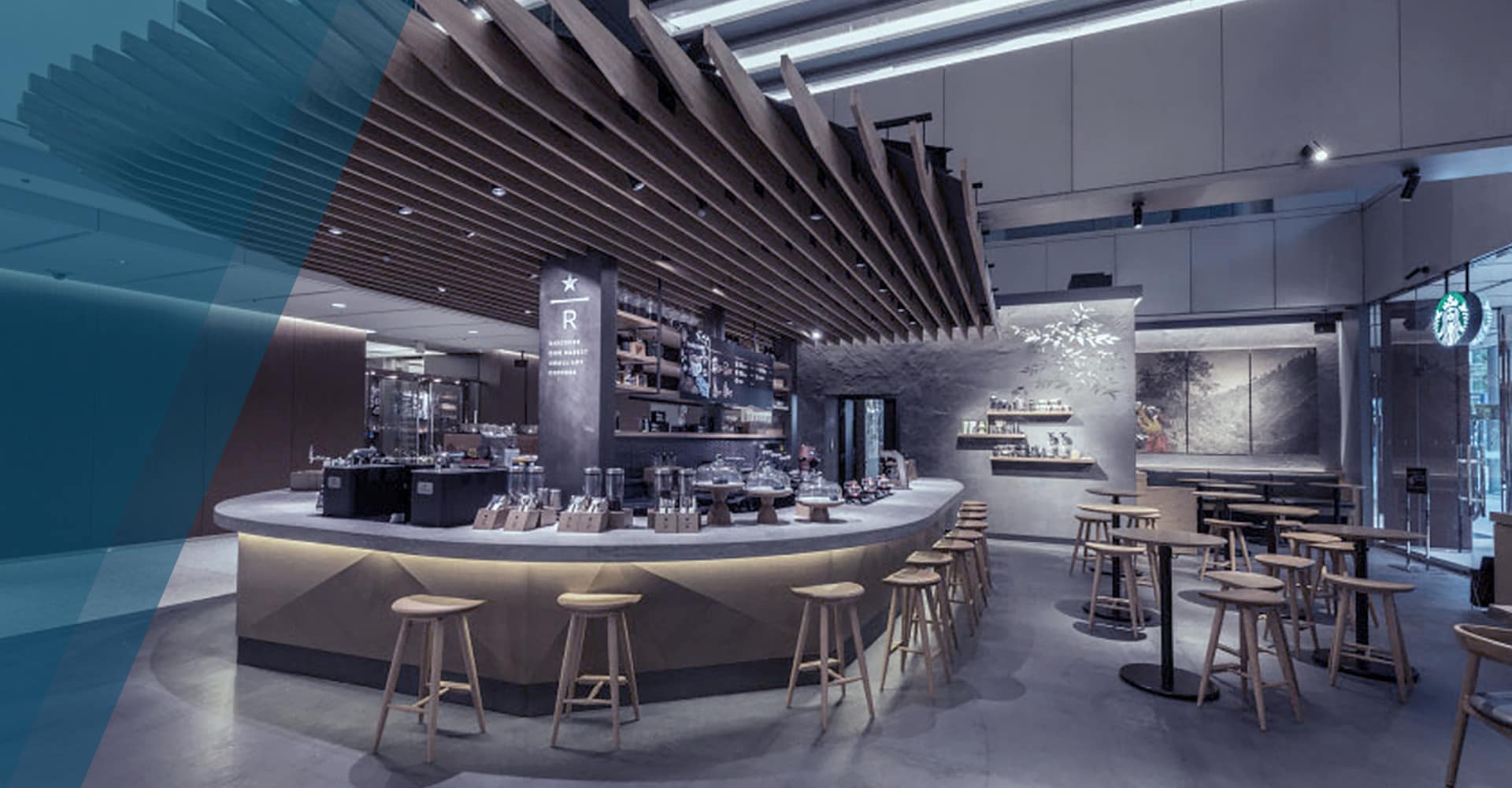
Using BIM and VR in design
Starbucks Japan is creating VR content for its shops using Building Information Modeling (BIM) data distributed through Revit Live software. Revit files are converted into VR content, which can be used for presentations and information sharing.
Read story (US site)
See how people are using AR and VR
-
Big data is transforming how architects design buildings, but the combined forces of big data and virtual reality will advance the architectural practice by leaps and bounds.
-
Recent technological advances, coupled with a proliferation of affordable hardware and software, have made immersive technologies like AR, VR, and MR more commercially feasible than ever.
-
Learn how the current trends in technology—including VR, AR, and MR—have the potential to create stronger connections between people and machines.
-
Four years ago, the Ford team was viewing a customer’s perspective on a 46-inch TV using a pre-vizualization tool. Now, the team looks at engineering, design, and ergonomics using VR.
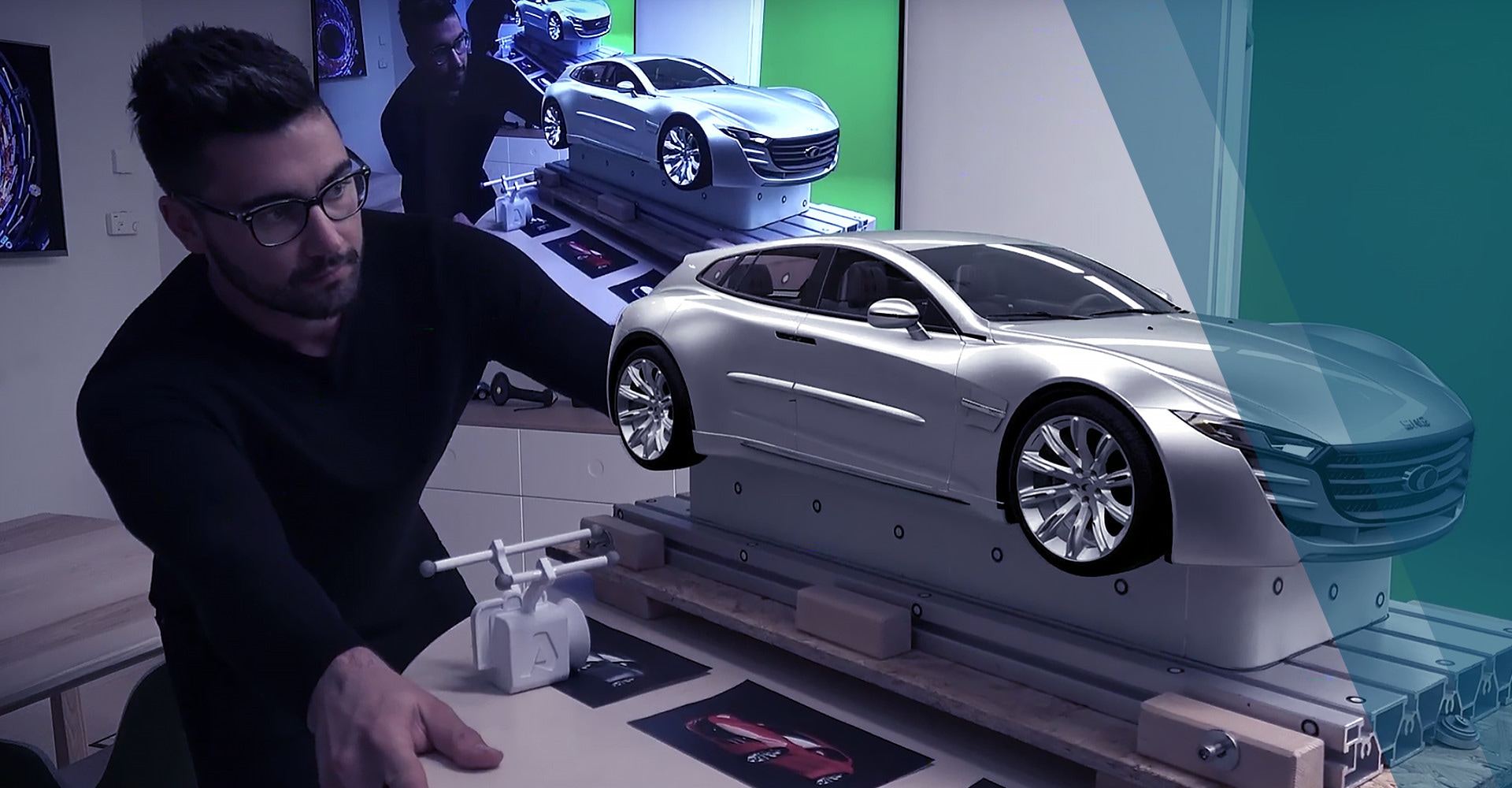
Autodesk immersive design centers
Autodesk has seven centers for AR, VR, and MR worldwide. In these spaces, we collaborate with customers to explore the future of making things.
Learn more (US site)
